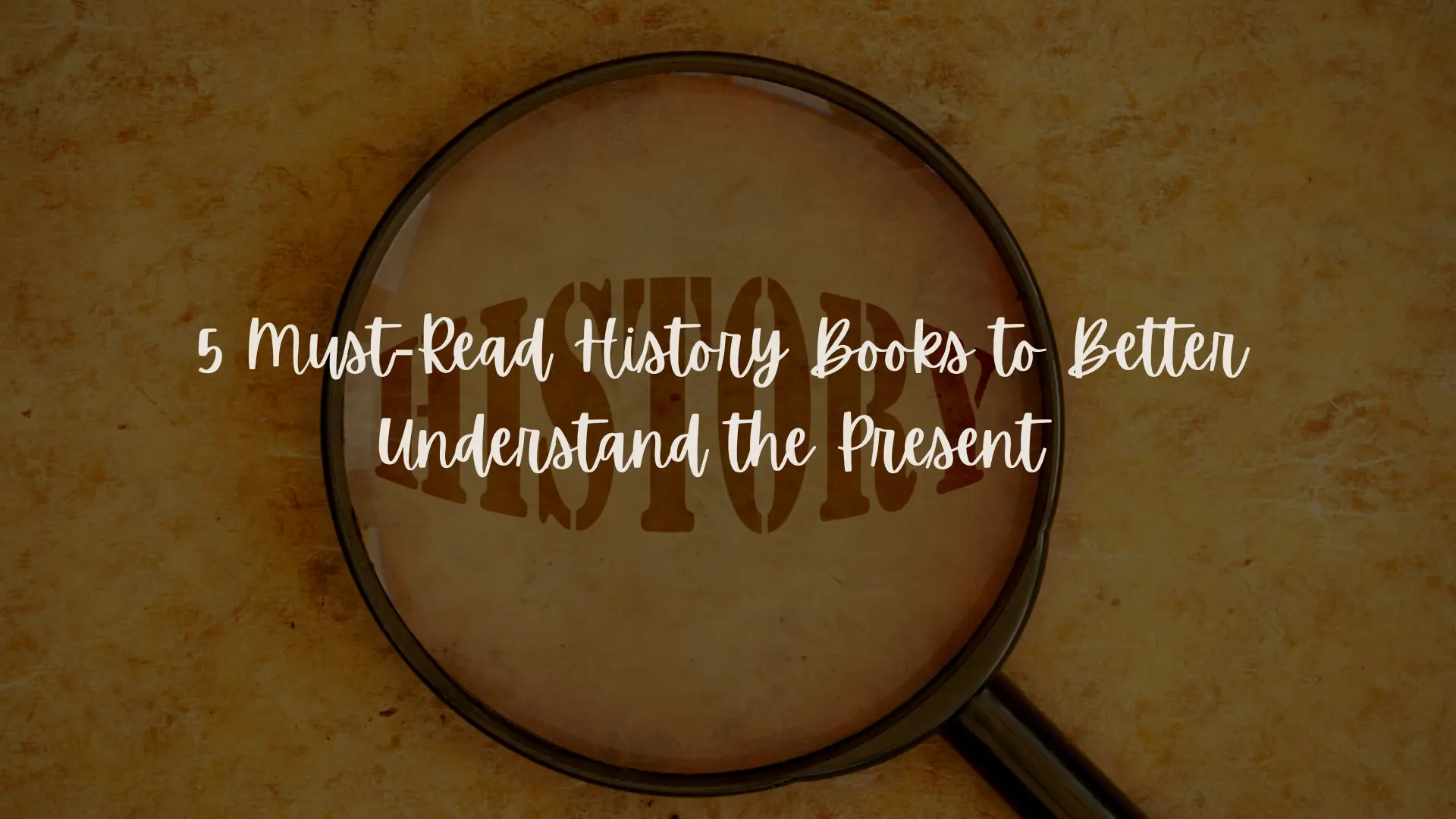5 things you should know about Mehbooba Mufti, Jammu and Kashmir's first woman CM
The sudden demise of beloved people’s champion and CM Mufti Mohammad Sayeed plunged the volatile state of Jammu and Kashmir into a deadlock that lasted over two months. But a crowd favourite since 1996, PDP President Mehbooba Mufti will bring this period of ambiguity to an end on April 4, by accepting to be the State’s Chief Minister, to carry forward the “Agenda of Alliance” of the reining BJP-PDP alliance. Belonging to a political family that started the People’s Democratic Party in 1999, Mehbooba has clocked a two-decade-long career in Kashmiri politics and knows the pulse of the state with ‘special autonomy’. In five quick points, here is the story behind her rise to prominence and power, to become the first woman CM of the state, and only the second Muslim woman CM, of our county:

- The Valley’s daughter
Mehbooba was born on May 22, 1959, in the Bijbehara town of Jammu and Kashmir’s Anantnag district.Her father, Mufti Mohammad Sayeed, founded Peoples Democratic Party(PDP). She earned a law degree from the University of Kashmir. She has three other siblings, and took to politics in 1996.
- Smashing debut
Mehbooba’s first brush with politics came in 1996, when she won the 1996 Assembly elections in Jammu and Kashmir on a Congress ticket from the Bijbehara constituency. She went on to revoke her assembly seat and contest the parliamentary elections in 1999 from Srinagar, but lost to the incumbent Omar Abdullah. In the same year, her father split from the Indian National Congress to form the Jammu and Kashmir PDP, and she was a front-runner for being the party president. However, she stepped aside so her father would assume the role, by virtue of his seniority in experience. She, instead, stepped into the shoes of being veep.
- Rise in popularity
Mehbooba stayed in power in the state even though her party was defeated in the assembly elections in 2002. She won the Pahalgam seat from south Kashmir, defeating Rafi Ahmed Mir. Mehbooba didn’t take her responsibility as opposition leader lightly and became one of the rising stars in Indian politics, and arguably the most popular woman leader from as the valley. This popularity also brought her in office at the centre, when she was elected to the Lok Sabhafrom Anantnag seat in 2004 and 2014.She won the Anantnag-Pulwama seat again for another five years term.
- Her claim to the valley’s apex
Her party came to power in the state of Jammu and Kashmir in the 2002 Assembly elections. Mehbooba became a member of the 14th Lok Sabha in 2004, winning in the Anantnag constituency.However, she did not contest the general elections in 2009 and her party failed to win a single seat. She pulled an encore in 2014, and won again from her constituency to take back her seat in the lower house. Meanwhile, PDP had lost power in the state in 2008, after ruling in alliance with the Congress for six years. They made a comeback in 2014, basing their campaign on combating the unemployment, favouritism, and rampant corruption that arose during the Omar Abdullah rule. In the highest voter turnout recorded in the valley’s history, the people showered their support, albeit not generously enough to grant them the required majority to form government. After almost a two-month stalemate, the PDP agreed to ally with the BJP to form government.
Mufti Mohammed Sayeed filled the chair for 10 months as Chief Minister, but sepsis and multiple organ failure claimed his life while in office. Once again, the valley was under the governor’s rule following failure on the two parties’ parts to arrive at a consensus in the alleged reallocation of the portfolios Finance, Planning and Home, according to The Hindu. She had also been seeking assurances from the central government on implementation of Agenda of Alliance, Common Minimum Programme (CMP) framed by the two parties last year. After a series of hung talks over a span of 11 months, a successful meeting with PM Modi on March 23 in Delhi led her to accept. Mehbooba is now all set to become the first woman Chief Minister of Jammu and Kashmir. Amitabh Mattoo, who worked as an advisor to former CM Mufti Mohammad Sayeed, believes that Mehbooba would usher in a new era of peace and prosperity in the region.
- Agenda
Her priorities have always been in-line with her party’s ideology – of being largely pro-people, and letting democracy breathe in the state. While she is yet to announce her agenda in the low-key swearing in ceremony scheduled to happen on April 4, it is safe to assume that Mehbooba’s governance will focus on confidence-building measures in her people, and changing the dialog that country and media has about them, which is always in context to separatism or Pakistan.
In a piece published in Mint immediately after the electoral results in 2014, London School of Economics scholar Sumantra Bose observed: “The result in Jammu and Kashmir has thrown up the tantalising possibility of a modus vivendi between Indian nationalism and Kashmiri regionalism.” The nexus, is Mehbooba Mufti.







